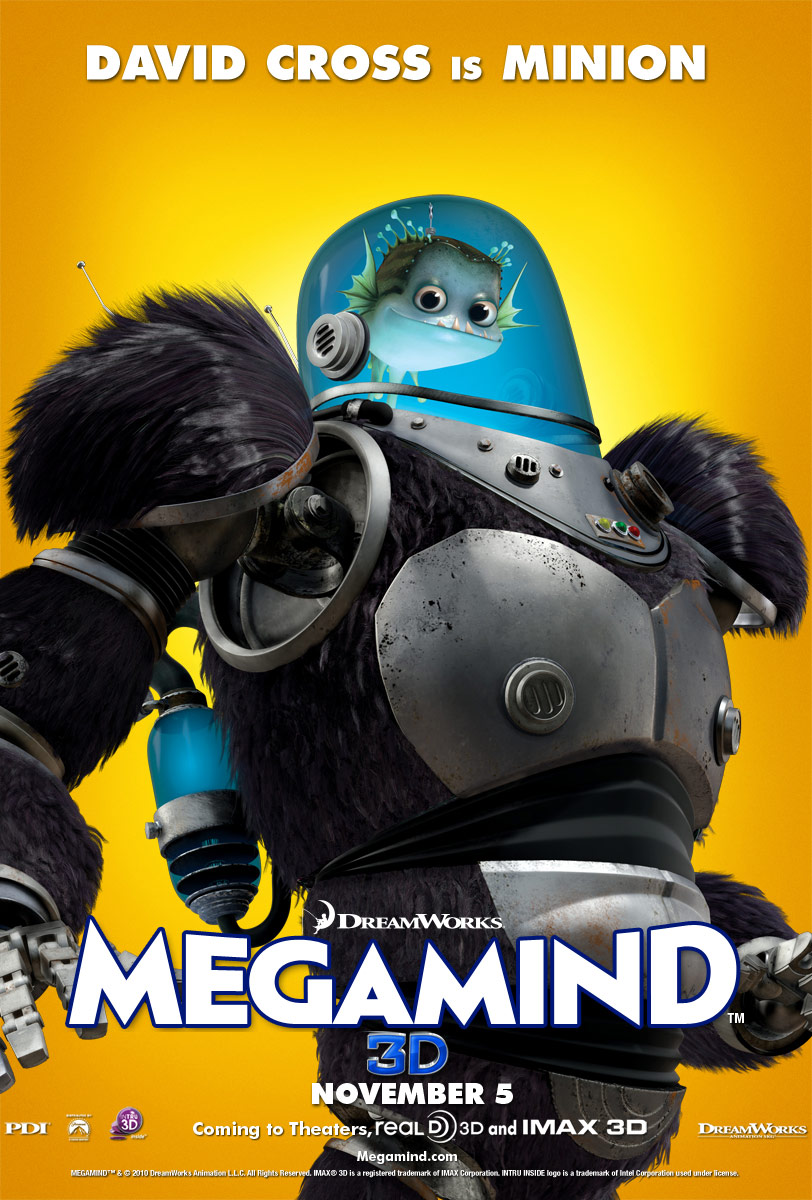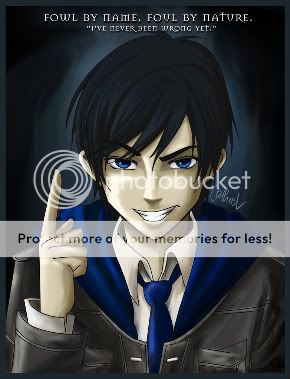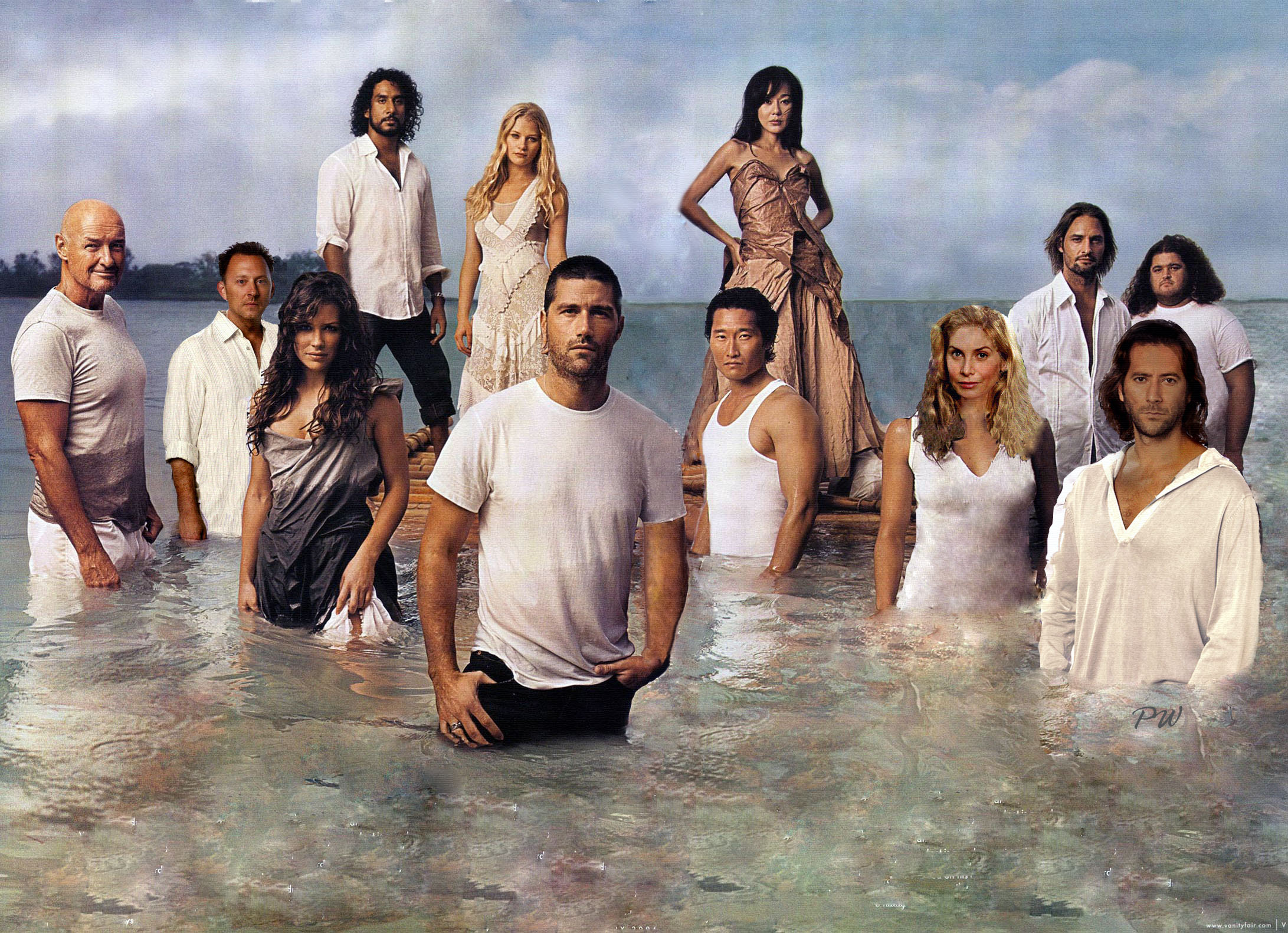But in all seriousness, side characters are completely and absolutely necessary. Though the main parts of the story logically rest on the main character, he or she can't hold it up on their own. This is where side characters come in; they help the main character make it through the story, because quite simply, he or she can't do it all on his own.

Who would Sherlock be without Watson?
There are, of course, many different kind of side characters. They can range from anything between the love interest to the best friend sidekick to the intermittent ally/enemy who can't make up his mind about what side to stick with. Each of the many different categories fulfills a certain purpose, and sometimes those purposes overlap; as a general rule, however, a story needs as many side characters as purposes it needs to fill in the storyline.
I could launch into a long dissertation about the roles that side characters fulfill in a story, but thick blocks of text would probably be less exciting to read. So I'll stick with the list + funny pictures formula I've been using so far.
1. The Best Friend

Yes, even villains need best friends. At any rate, Minion, a piranha equipped with a giant hi-tech gorilla suit, is perhaps one of the best villain sidekicks in the world.
Best friend characters tend to be loyal to the main character and usually throw around advice on what the main character should do. In action scenes, the best friend is usually terribly clumsy, if not outright useless. . .

What can we say? Throughout the series, Ron was the only one that was. . . well, consistently useless.
Or pretty dang awesome at whatever it is they do.

Find something Hermione can't do well, aside from control her emotions. I dare you.
At any rate, it's the best friend's job to be there for moral support and to help the main character soldier on. As you can see from the JK Rowling's series, this can be achieved in multiple ways; Ron keeps the atmosphere light and makes things less despairing, while Hermione gives the you-can-do-it, don't-give-up-you-lazy-bum type of encouragement. Harry naturally needs both of them, because he's got a problem with easily brooding on the issues and has moral slips even when they're around. Just in case you missed it the first time around, there are a number of similarities between young Riddle and Mr. Potter, and without his friends, Harry could've easily become another Dark Lord.
Lesson? Best friends are important.
2. Love Interests
Stories generally involve love interests, no matter what genre you're looking at. The only exceptions that come to mind are revenge epics, where the main character is chasing revenge for the special someone that got murdered. Aside from that, almost all stories contain love interests.

Yep, the latest in fashionable new love interests. He's a creeper, an agonized soul, unrealistically handsome, and waaayyy overprotective. As strange as it may sound, this is what the female romance novel protagonist looks for in a guy.
As much as Meyer's writing makes me cringe and want to rip my eyes out of my head, her character creation is good. I'm not going to focus on Bella, who manages to do nothing besides tempt Edward out of his mind during the first book (Literally. When you step back, you realize that a disproportionate amount of the writing is spent theorizing, thinking, worrying, fretting, and dreaming about why the sparkly creeper is. . . well, a sparkly creeper. Bella disappointingly manages to do very little action-wise.). Edward, on the other hand, has everything needed for a good love interest: internal conflict, attraction to the main character, more internal conflict, and an appeal to the main character. Plus he can play the piano. That's a vamp after my own heart.
The purpose of a love interest is generally to give the main character some additional motivation, something to fight for in the event that they grow demotivated or disillusioned with their cause. As much as I would like to add more to that, that's about the extent of the love interest's duty. If you hark back to Megamind, you can see that a lot of the story is driven by the love interest, Roxanne Richie, throughout the movie.
3. Mr. Wishy-Washy
This is the category of characters that can't make up their mind about whose side they're on. These side characters are harder to pull off because there has to be a valid reason reason behind their inability to keep to one side. The characters that fall into this category are Todd the Wraith (Stargate Atlantis) and Artemis Fowl.

If Todd decides to kill you, it's because he needs to feed, or because killing you is simply convenient.
Todd is a popular character on Stargate Atlantis that works with the Stargate team every now and then. Most of the time, the team has to convince him that he could benefit from being their ally, sometimes to keep him from doing something undesirable. In this case, Todd's reasons for being wishy-washy are entirely unsentimental. His only concerns are survival and power.

Eleven years old and already a crime lord, Artemis Fowl is one of the best characters in literature this world has ever seen.
With Artemis Fowl, it's all about the money and his criminal resume. As the world's youngest criminal genius, he's got an bigger ego than Steve Jobs' and a brain to match it. In Eoin Colfer's brilliant series following Fowl's capers with the LEP, Fowl is generally motivated by the need to acquire money to add to his already enormous net value. Granted, through the series he matures to become less of a bad guy (he really is the most malicious, manipulative, deliciously evil eleven-year-old in the history of literature), but for the first books in the series, he's very mercenary in his dealings with the fairy people.
Point being is that characters that switch sides add an element of uncertainty to the story. They change things up so the storyline doesn't get stale, and they're great equalizers. If one side ever gets too powerful, they can switch sides to balance things out. Granted, side-switchers may be hard to pull off, but if you can manage it, they always make an gleaming addition to your cast.
4. I Hate Your Guts But We Have A Common Goal, So Let's Do This
Side characters aren't always palin' around with the main character. Sometimes circumstance (aka the writer) forces two characters that should be enemies together. This is great for creating internal group conflict, especially if the readers need a break from the bigger, external conflict.

Lost was a combination of character types 3 and 4. People were constantly forming new alliances, switching groups, changing up their prerogatives, trying to undermine each other, and generally wandering around trying to figure out why they were stuck on an island with a four-toed foot statue and weird number sequences.
In Lost, the characters usually didn't like each other at all, but they'd work together because they usually hated someone else more. These character types also show up in Stargate and Battlestar Galactica pretty often. The dynamic can best be described as a reluctant alliance, terminated when the viability of the alliance declines.
5. And Everyone Else
Aside from the four side character types above, there are a plethora of other side character categories. I went ahead and detailed the four that I thought deserved the most attention, and usually contribute the most to a story.
It's important that side characters contribute to the story. Sure, they're not the main character, but the main character can't provide everything. Side characters fill in the gaps and help move the story along.
You can measure the effectiveness of a side character in the story by how much he or she moves the story forward. In this case, Twilight is a bad example, because readers feel like a third wheel being slowly dragged across the rocky bottom of a dysfunctional relationship. On the other hand, Batman's faithful butler, Alfred Pennyworth, helps the dark knight back up on his feet when he's down. He helps move the story along.
So in conclusion: side characters are important. Just like everything other literary element in a good novel. Without side characters, the main character would probably only make it so far, and your novel would probably die on the runway in the middle of takeoff. So with that in mind, get your creative energies together and give your main character some buddies to pal around with. He/she won't make it without them.

Okay, that's pretty low. Maybe I'm just jealous of her success, knowing it's highly unlikely I'll be unable to replicate it. All the same, it is pretty funny, and at least 56% of it is true. At any rate: Never give up! You never know when mediocrity and amateurism will break past the established authors to become the next big thing.
Fact: 3. Mr. Wishy-Washy is by far my favorite personality for side characters. (both favs come from R. A. Salvatore’s Drizzts series: Artemis Entreri and Jarlaxle) Thanks so much for including this character type in your list.
ReplyDeleteCall me a romantic but it's all about the love story for me.
ReplyDeleteThe writing hurt, Mom. It got better in the later books, but the style was painful.
ReplyDelete